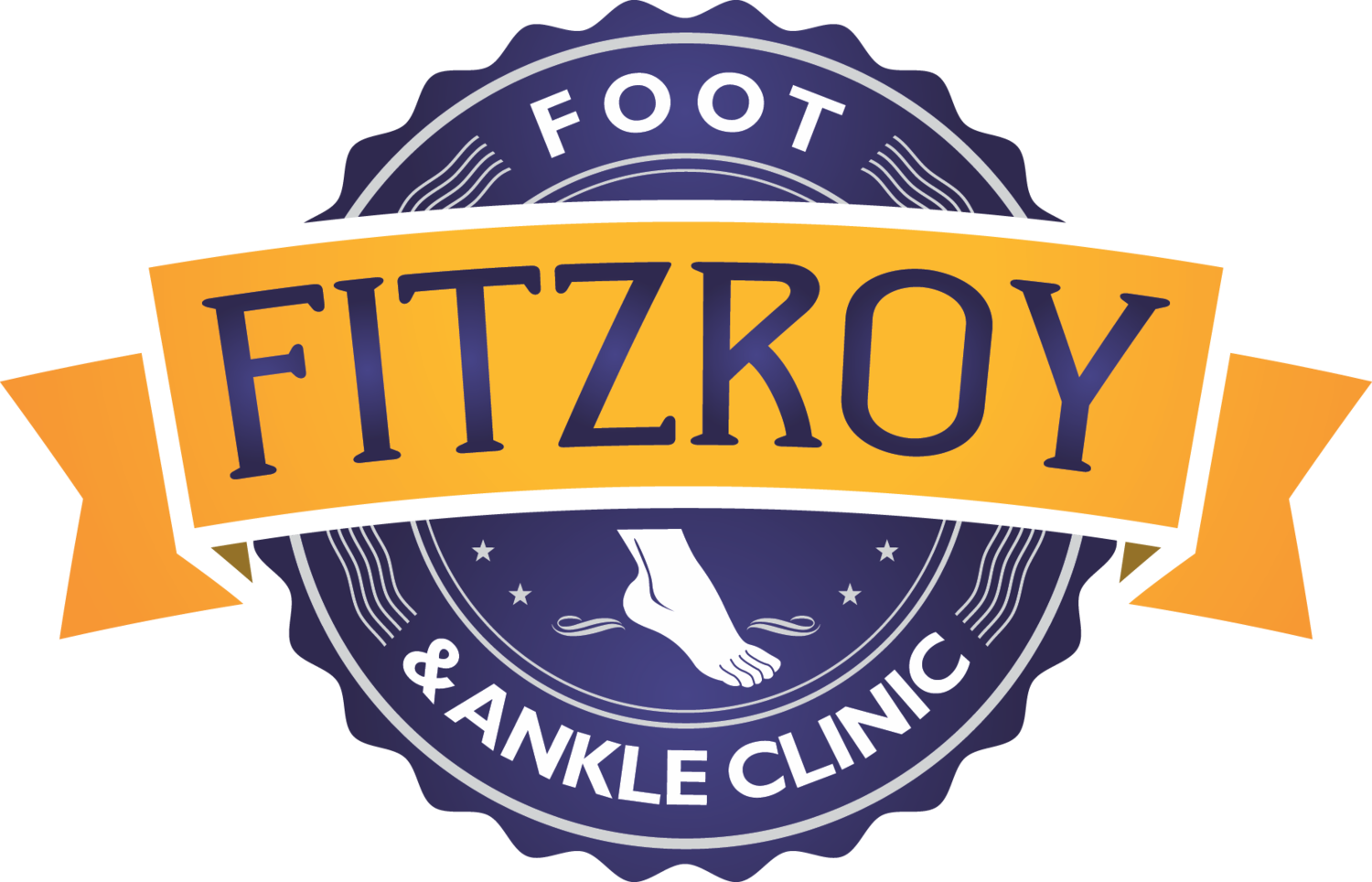The word 'shockwave' sounds more like a '90s music festival than a medical treatment, but it can be an effective method to reduce pain for certain conditions.
How does it work?
Excellent question. No one knows for sure but there are a number of leading theories. Shockwave is not actually a shockwave but is an acoustic wave (sound). This acoustic wave can help tissue growth and increase blood flow, which can be important for chronic conditions. It can also reduce pain by changing neurotransmitters that are responsible for sending signals to the brain.
Is it safe?
Yes shockwave is a very safe treatment for most people. If you are pregnant, have a blood clotting disorder, a metal implant, or for children, shockwave is not a treatment option.
What does it feel like?
For this treatment a wave or pulse will be delivered approximately 2000 times. You will feel a slight 'hit' on the part that is being treated. I find that people often report different sensations. Some people think it feels amazing, like a massage. Other people report some discomfort that feels like an electric shock.
What conditions can shockwave be used to treat?
Shockwave is excellent for tendon and fascia conditions. In the foot and ankle, these will include Achillies tendonitis and plantar fasciitis. There is good evidence that supports the use of shockwave to treat these conditions.
More information
The podiatrists at Fitzroy Foot and Ankle Clinic have been using shockwave for several years and have treated hundreds of patients. It is a very effective treatment for plantar fasciitis and Achilles tendonitis, as part of an overall treatment plan.
Make an appointment with one of our podiatrists if you would like to chat about shockwave, or follow this link to our page to find out more about shockwave.

